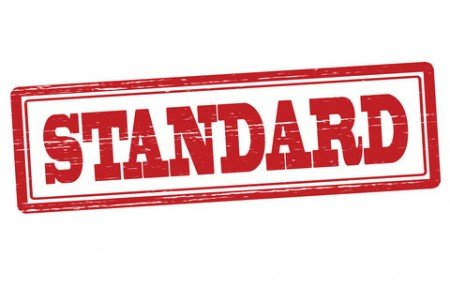Standard SEO Articles
100% satisfaction guarantee
Standard SEO articles for the web
Coherent texts on various subjects
Copypanthers’ standard SEO articles account for the bulk of our content orders. This is good news for you, because as the words suggests, they all consist of a ‘standard’ format. Standard SEO articles are coherent texts for the web and are written on various subjects.Definition of done
So what makes up a standard SEO article, and what do you need to do for it to be accepted?1. The basics of standard SEO articles
- Length: 500 words, min/max 10 words
- If the word count is off by more than 10 words, the text will be send back.
- Language: your language has to be without crazy typos
- Up to the discretion of our trained proofreaders and PMs, if it is not good it will be send back. The PM also has the option to decide you are not a good fit for the project and offer you a project in a different language or product.
- Tone: your tone has to be similar to the approved example and instructions
- Also up to the discretion of the trained proofreaders and PMs, if it is not good it will be send back. If it happens more than three times on a project, the PM also has the option to take you from the project and offer you something else.
2. The structure of a standard SEO article
Our 500 word standard SEO articles are always split up in three paragraphs.- Part 1, WOW intro:
“Wow I was really glad that I spent a few minutes reading this text!”
- Header: Attention grabbing header that “forces” the visitor to read the text. Must contain the exact keyword.
- “Wow” factor: ±175-200 words that make the reader feel like, “Wow, I really learned something, laughed, and enjoyed reading this text.”
- Part 2, Information about the topic:
- Header: Informative header. Must contain the exact keyword.
- The “info” factor: ±150-200 words with facts/history about the topic. Info about this is easiest to find on the website you are writing for or by simply Googling the topic.
- Part 3, Call to action
- Header: Attention grabbing header that “inspires” the visitor to act. (Recommended to contain the exact keyword).
- USP-factor: 100-175 words that inspires the reader to buy/subscribe, etc. A USP is a “unique selling point” of the site, like free shipping, 100% satisfaction guarantee.
- 2 internal links: Guiding the visitor and spider to other interesting parts of the site. Very important with an anchor text that describes exactly what the page you are linking to is about (check h1 or meta title of the page it links to).
3. Formatting of the standard SEO text
- Delivered in .doc/.docx format
- If a file is delivered in any other format it will be send back
- The HTML coding has to be correct
- H1: exact keyword
- H2: paragraph 1
- H2: paragraph 2
- H3: paragraph 3
- Internal links
- For more information on HTML coding, check our HTML tutorial.
- All texts should be in one font (size), preferably Times New Roman
4. Metas for standard SEO texts
- Meta title (55 characters max): This always starts with the exact keyword and then a catchy USP.
- Meta description (145 characters max): Always briefly describes why the page is such a good match for the visitor (describe the page with a USP). The goal is to make the visitor CLICK. Make sure you add the exact keyword once in the text.

